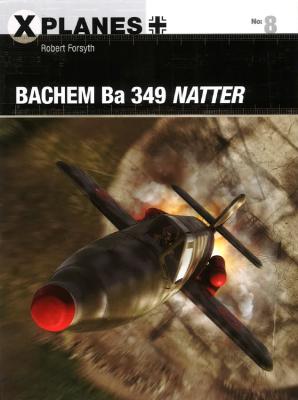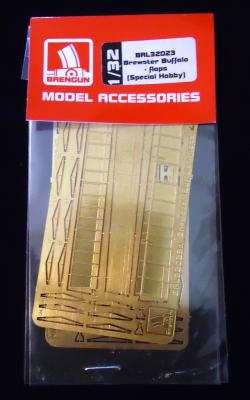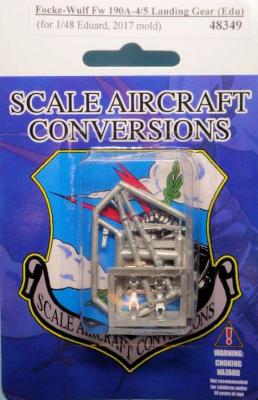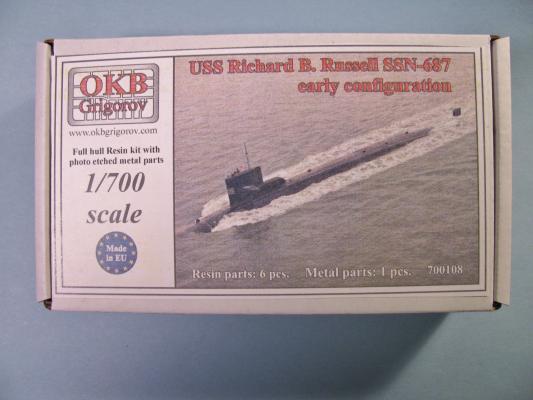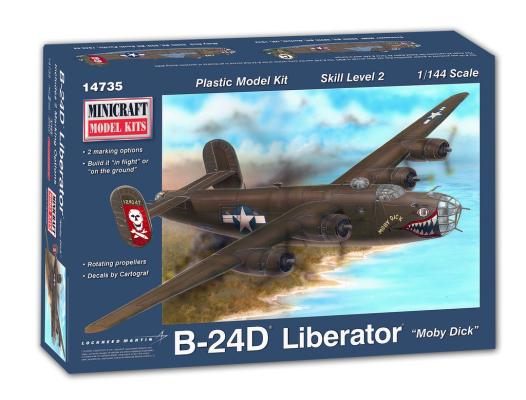Robert Forsyth, born in Berkshire, England, has studied the history and operations of the Luftwaffe since his school days. Based in East Sussex with his wife, he runs an aviation and military publishing business full-time. He has written articles for the magazines Aeroplane , Aviation News, FlyPast, and The Aviation Historian, and is a member of the Editorial Board of the latter publication. He is the author of several hard bound books, including: JV 44 – The Galland Circus (1996), Battle over Bavaria – The B-26 versus the German Jets (Classic, 1998), Mistel – German Composite Aircraft and Operations 1942-1945 (Classic, 2001), Messerschmitt Me 264 Amerikabomber (Classic, 2006, with Eddie Creek); He 162 Volksjäger (Classic, 2009, with Eddie Creek); Heinkel He 111 (Crecy, 2014); Junkers Ju 52 (Specialty Press. 2015, with Eddie Creek).
Welcome to the IPMS/USA Reviews site!
Introduction: The primary organization of the IPMS/USA Review website is by IPMS/USA National Contest Class. Within each Class there are sub-menus by kits, decals, books, etc. The Miscellaneous Class is for items that are not class specific or that cross two or more classes.
IPMS/USA Members: We encourage you to submit reviews, both here and to the Journal. To volunteer for membership in the IPMS/USA "Reviewers Corps" and submit your own reviews, please read the Guidelines For Submitting Product Reviews.
Manufacturers, publishers, and other industry members: IPMS/USA is pleased to offer your company the opportunity for product reviews. All product reviews are performed by IPMS/USA members, and are posted in the publicly-accessible section of our website. With very few exceptions, we perform full build reviews of new kit releases, aftermarket products, and supplies. If you would care to provide product samples for review, please contact John Noack, IPMS/USA 1st VP.
To learn more about IPMS/USA, please see our About Us page.
Anybody who knows me and my modeling preferences know that I am NOT a fan of photo-etch for photo-etch’s sake. Too many model companies have begun including photoetch sheets in their products not because they actually enhance the accuracy and scale of the model, but because it gives them an excuse to jack the price up. This does not make me their friend.
That being said, there are times when nothing but photoetch will do the job. In this case, Brengun has offered a set to model separate landing flaps for the 1/32nd Special Hobby Brewster Buffalo, and what a lovely little accessory kit this is!
The parts come on two separate sheets – one for each wing – and feature not only the flap itself but the interior of the upper wing. They also include a somewhat cryptic instruction sheet to help with assembly. As a technical writer by profession, I can think of a few things that they might have shown differently, but it’s still clear enough to be quite functional.
Scale Aircraft Conversions (SAC) produces white metal replacement gear for a variety of popular model kits from a variety of manufacturers. The white metal replacements are normally a one-for-one replacement with the plastic parts provided with the kit. Some landing gear sets consist of the main gear only while others include the nose gear, tail gear and wheels. In some cases, inaccuracies in the original kit gear are corrected, but the mounting points remain identical to the factory parts to ensure ease of use. The quality of the parts is normally spot on, or even better than the kit parts, and since the replacement parts are made of white metal, they provide the additional benefit of improved strength.
“They saved the best for last.” The USS Richard B. Russell (SSN-687), named for the Georgia senator who served his state from 1933 to 1971, was the 37th and final boat of the Sturgeon class, and was the ninth long-hull version of the class. Built in the Newport News Shipyard, her keel was laid 19 October 1971; she was launched 12 January 1974, and was commissioned 16 August 1975. She was decommissioned 24 June 1994, and was scrapped through the Ship and Submarine Recycling Program between 1 October 2001 and 3 January 2003. Powered by an S5W reactor, the boat could travel at speeds of 15 knots surfaced, and 25 knots while submerged. The crew complement was 126, and she was armed with four 21-inch torpedo tubes.
The B-24 was produced in greater quantities than any other aircraft in WWII. The B-24D was the early version of the B-24 having served in all theaters of operation. The United States Navy, United States Army Air Force, and many allied air forces units employed the B-24D worldwide.
This B-24 kit from Minicraft features a new 'D' fuselage and greenhouse nose with high quality Cartograf decals. The markings are for two 8th Air Force aircraft that served with the U.S. Army Air Corp.
When you open the box you'll find thirty-eight light gray plastic bits with fourteen clear plastic parts. You won't be using all of them but you can build the model either in-flight or on the ground. If you choose to do the in-flight version (blade-less spinners and retracted landing gear) you'll need to supply your own stand or you can get one from Minicraft for that express purpose.











